Rispetto all'iniziale folk/black metal, lo stile musicale degli Ulver si e` evoluto in modo fluido e sempre piu` eclettico, incorporando elementi presi da avant-garde, trip hop, tradizioni sinfoniche e da camera, noise e musica elettronica.
Si possono individuare cinque fasi nella loro evoluzione:
La Black Metal Trilogie
Anche se i primi tre album sono definiti la Black Metal Trilogie, essi differiscono abbastanza tra di loro, e solo il primo ed il terzo hanno qualcosa a che vedere col black metal.
I testi, in Danese/Norvegese arcaico si ispirano a poeti barocchi come Ludvig Holberg ed allo scrittore d'inni Thomas Kingo.
I temi trattati si ispirano fortemente alle leggende scandinave.

L'album Bergtatt - Et eeventyr i 5 capitler viene considerato black metal con temi folk a causa dei tempi veloci, le chitarre molto distorte, e la voce in screaming, il tutto alternato da passaggi acustici melodici con voce pulita, ed a causa della storyline fantasy. Nel folklore norvegese la parola Bergatt, tradotta letteralmente come "preso dalla montagna", si riferisce alle persone che, attirate dai troll ed altre creature mitiche, vagano senza via d'uscita nelle montagne. La storia dell'album narra di come una giovane dama venga presa dalla mantagna. Il sottotitolo dell'album si traduce come "una storia in cinque capitoli". Bergat contiene anche una canzone melodica, totalmente acustica: “Een stemme locker” ("Una voce evoca" o "Una voce attrae").

Kveldssanger, il secondo album degli Ulver, contrasta totalmente con Bergtatt, in quanto avulso da ogni elemento metal. Contiene chiarre classiche, violoncelli e canti corali, da camera, in comune a Bergatt ha solo i le tematiche folk.
Garm stesso ha definito quest'album "un tentativo prematuro nella composizione di un album di musica classica", aggiungendo pero` che, nonostante la performance non fosse matura, il contenuto era valido se si considerava l'eta` che loro avevano al tempo.
Ora poi piano piano finisco di tradurre e sistemare tutto..
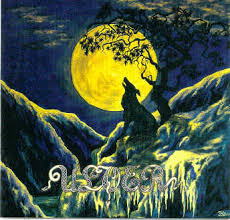
The third album, Nattens madrigal (“Madrigal of the Night”), saw the band returning to a black metal style similar to Bergtatt. Unlike on Bergtatt, however, the only acoustic instruments appear in a brief interlude in the first track. The album is intentionally underproduced, akin to Darkthrone’s Transilvanian Hunger, with buzzing guitars and rather muffled drums. There are rumors surrounding this album and its recording, the most famous being that the band recorded this album in a forest. A lesser-known rumor is that the band purposely recorded the album on a four-track cassette recorder and used the money that Century Media gave them for other things, like Armani suits, haircuts, cocaine, beer, and/or a new car. When questioned on this matter, Garm only affirmed that the band have expensive tastes.[3]
L'album "Blake"

Themes from William Blake's The Marriage of Heaven and Hell, released in 1998, was different from what Ulver had made before. Tore Ylwizaker, a new composer and sound architect, added to Garm’s expanding artistic visions, and together they stepped over the boundaries of black metal aesthetics, creating a genre-defying work. In this album, the musicians blended electronics, industrial music elements, progressive metal and avant-garde rock, adding ambient passages. Lyrically, the album incorporates the entire text of William Blake’s poem The Marriage of Heaven and Hell, and relies on guest vocals. Despite confounding and perhaps alienating many fans of the band’s first three albums, the album received widespread acclaim from critics within both the rock/metal and alternative music press. For instance, it was reviewed as album of the month in several high-profile magazines such as Terrorizer, Metal Hammer, and Rock Hard. It also ranked very high at many year’s best polls that same year.
La metamorfosi

Ulver’s next two releases, the EP Metamorphosis and full-length album Perdition City, were even more experimental and pensive than the Blake album. The band moved further away from rock and metal and into a more ethereal style, much like that of Coil. The use of programmed sound and atmospheric arrangement is dominant here, unlike the previous albums. Neo-classical composer and film scorer Craig Armstrong may have been an influence on Ulver as his use of electronics and trip hop beats over strings and pianos is somewhat reminiscent of Ulver’s later works.
Teachings in Silence e le colonne sonore
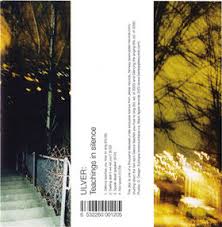
The band followed up these two releases with two minimalist/ambient/glitch works Silence Teaches You How to Sing and Silencing the Singing. These works featured minimal melodies and often had subtle, weird and unnatural noises within the song structures. Due to their individual rarity, they were later amalgamated as Teachings in Silence.
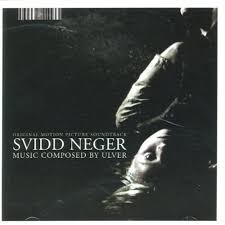
Having proved their proficiency at making atmospheric music, Ulver were hired to make music for cinema films like Lyckantropen (see Lyckantropen Themes), Svidd neger (see Svidd neger (soundtrack)), and Uno.
La seconda decade nelle macchine
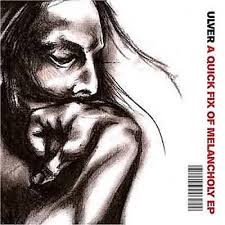
Since 2003, Ulver graduated into a more symphonic style. They released the EP A Quick Fix of Melancholy, which kept the minimalist, sparse styles of their previous albums, albeit adding more dramatic and symphonic elements, with various string sounds and operatic vocal styles.
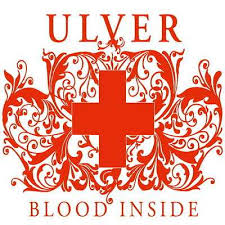
In July 2004, the band had recorded their sixth album, Blood Inside, which was released on June 6th, 2005. Bringing back more traditional rock instruments like guitar and acoustic drums, combining them with classical instruments, brass horns, and their rich electronic inventory.

The band’s seventh album Shadows of the Sun was released on the 1st of October, 2007. Garm described it as “our most personal record to date.”[5]
Discografia
Album ufficiali:
- Bergtatt - Et eeventyr i 5 capitler (1994)
- Kveldssanger (1995)
- Nattens madrigal - Aatte hymne til ulven i manden (1996)
- Themes from William Blake's The Marriage of Heaven and Hell (1998)
- Perdition City (2000)
- Blood Inside (2005)
- Shadows of the Sun (2007)
- War Of The Roses (2011)
- Rehearsal demo (1993)
- Vargnatt demo (1993)
- split EP with Mysticum (1994)
- The Trilogie - Three Journeyes Through the Norwegian Netherworlde (1998)
- Metamorphosis EP (1999)
- Silence Teaches You How to Sing EP (2001)
- Silencing the Singing EP (2001)
- Teachings in Silence EP (include entrambi gli EP "Silence") (2002)
- Lyckantropen Themes (2002)
- 1993–2003: 1st Decade in the Machines (2003)
- A Quick Fix of Melancholy EP (2003)
- Svidd Neger soundtrack (2003)
- My Own Wolf: A New Approach (tribute album) (2007)
Membri
Attuali
- Kristoffer Rygg (aka Garm/Kris) - voce, chitarra, basso e batteria (durante il periodo black metal), voce e programmazione ausiliaria (adesso)
- Jørn H. Sværen - varie
- Tore Ylwizaker - programmazione, tastiere
- Grellmund – chitarra in Vargnatt (si e` suicidato il 31 Dicembre 1997)
- A. Reza – chitarra in Vargnatt
- Robin – basso in Vargnatt
- Carl-Michael Eide (aka Aggressor; Czral; Exhurtum) – batteria in Vargnatt, batteria "ospite" in Blood Inside
- Håvard Jørgensen – chitarra (da Vargnatt a Themes…), chitarra "turnista" in Metamorphosis, Perdition City e Blood Inside
- Hugh Steven James Mingay (aka Skoll) – basso(da Bergtatt a Themes…)
- Erik Olivier Lancelot (aka AiwarikiaR) – batteria, flute (da Bergtatt a Themes…)
- Torbjørn Pedersen (aka Aismal; Tykje) – chitarra (da Bergtatt a Nattens Madrigal)
- Knut Magne Valle – chitarra in Themes…
Ovviamente non faccio commenti personali..

E ovviamente li difendero` a spada tratta da qualsiasi critica

NEWS
29/11/2010: Il titolo del nuovo album sarà NON Critical Geography, ma War Of The Roses
CONCERTI
10/11/2011 Espace, Torino
11/11/2011 Circolo Degli Artisti, Roma
12/11/2011 Teatro Regio, Parma










 potete trovare Svidd Neger, il film di cui hanno fatto la colonna sonora.. e` meraviglioso
potete trovare Svidd Neger, il film di cui hanno fatto la colonna sonora.. e` meraviglioso 



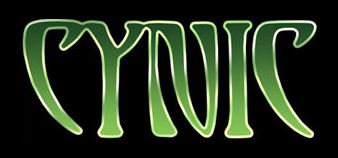





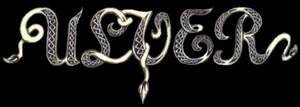






 Tutto live.
Tutto live.